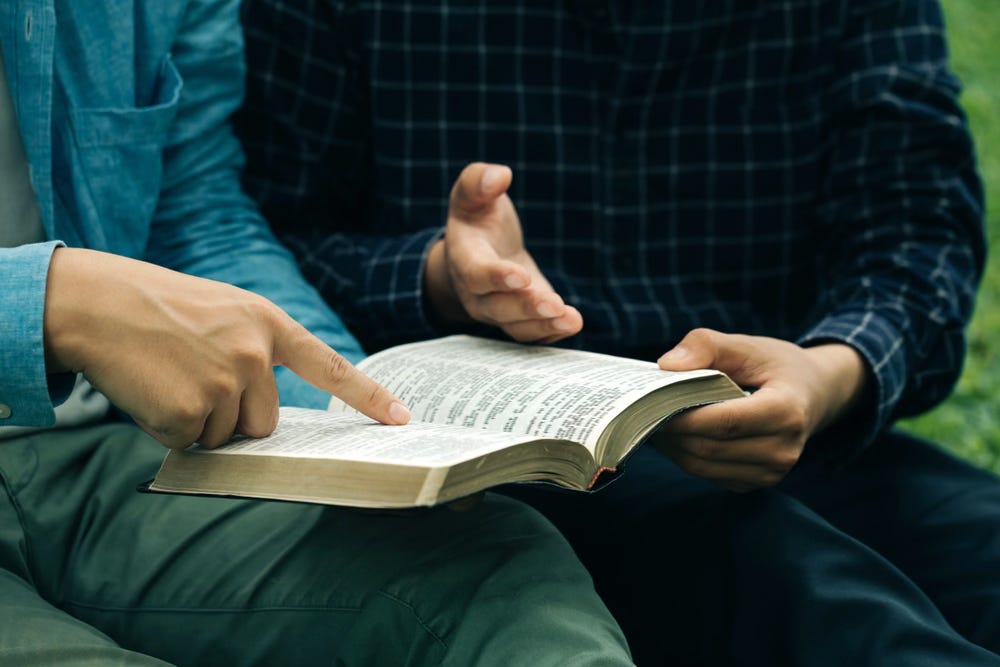This chapter will deal with the elder’s ability to teach. How do you go about it? What must you do to become a better teacher? What are you supposed to teach? What is your student’s starting point for learning? What are the obstacles to learning that you will have to overcome?
From the Greeks, we get the term, Paideia. The word "paideia" (παιδαγωγία) refers to the process of teaching and learning associated with the cultivation of virtue and the development of the soul. It describes an education that worked to encompass a broad cultural and intellectual formation in the student, including moral, physical, and intellectual development. Paideia was an approach to teaching particular to the philosophical concerns of Plato and Aristotle and others.
For the Greeks, man was the starting point. Gaining knowledge started with him and worked its way outward. According to Scripture, the non-Christian is without God in the world.1 So you can imagine that the way a non-Christian tries to make sense of the world would be different from people who had God telling them things.
The Hebrews used the word, Shinan. The word "shinan" (שִׁנַּן) means "to teach diligently" or "to sharpen." It emphasizes a method of teaching that involves repetition and deep internalization, much like sharpening a blade to make it effective and useful.
"Shinan" has a specific religious and familial context that emphasizes the internalization of commandments and teachings. The Hebrews were described as the People of the Book. They believed God had told them what to do and that it was their duty to learn what He said and obey it. Knowledge started with God.
I will get most of my direction from the Old Testament and New Testament writers in regard to an approach for teaching.
Ephesians 2:12-13


